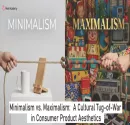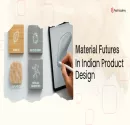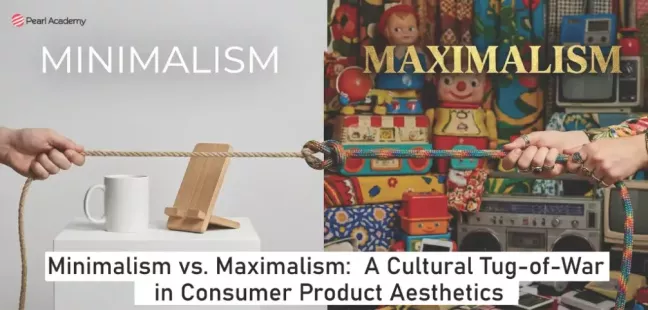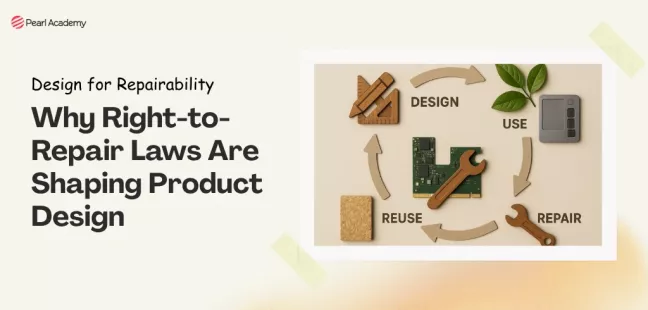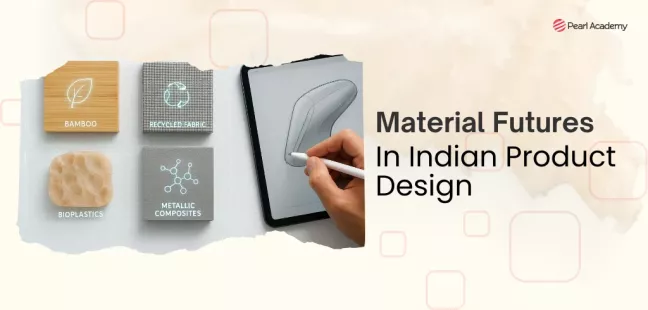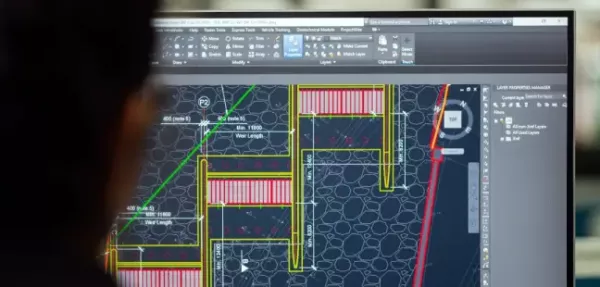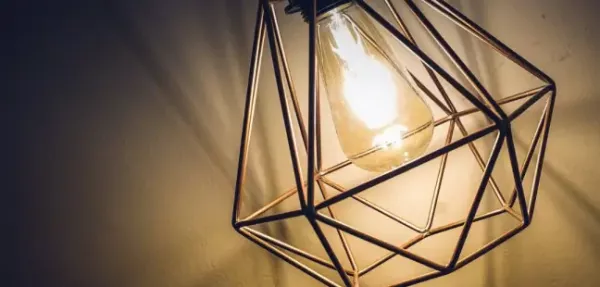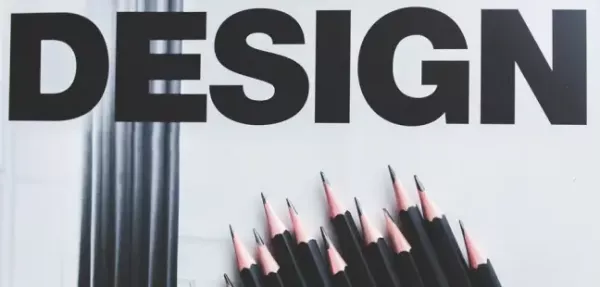Materials Matter: Crafting Sustainable Products with Purpose
- Editorial Team
- Published 28-Sep-2023
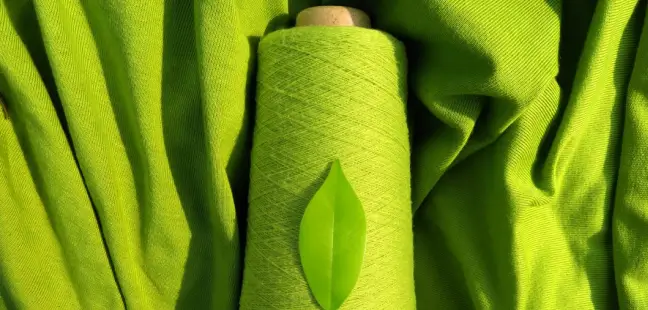
By Pearl Academy Editorial Team
In today’s world, being eco-conscious is more important than ever. As product designers, the choices we make when it comes to materials have a profound impact on our environment. The mantra of “Materials Matter” is a simple yet powerful reminder of our role in creating sustainable products. Let’s dive into why sustainable materials are vital and explore some practical examples of companies leading the way in eco-friendly design.
Become future-ready with our Product Design Programs
Know MoreThe Heart of Sustainable Product Design
Sustainability in product design revolves around crafting items that leave a minimal environmental footprint. Central to this philosophy is the choice of materials. Sustainable materials are those that do the least harm to the planet, reduce waste, and conserve precious resources. Opting for these materials doesn’t just help the environment but also caters to the increasing demand for eco-friendly products.
Why Does Choice of Materials Matter?
- Resource Conservation: Sustainable materials often come from renewable sources. For instance, bamboo is a fantastic alternative to hardwood since it grows rapidly and can be replenished quickly.
- Reduced Carbon Footprint: Materials with a lower carbon footprint require fewer resources for extraction, processing, and transportation. Recycled plastics, for instance, use less energy and produce fewer greenhouse gases during production.
- Non-Toxic Ingredients: Sustainable materials are typically free from harmful chemicals. Think of organic fabrics that make products safe for consumers and the environment.
- Biodegradability: Materials that decompose naturally, like organic cotton, reduce the strain on landfills and help mitigate ocean pollution.
Real-Life Instances of Sustainable Materials in Action
Patagonia’s Recycled Polyester: Patagonia, the outdoor clothing stalwart, utilizes recycled polyester made from discarded plastic bottles in their products. This ingenious approach reduces plastic waste and fuels the recycling industry.
Tesla’s Vegan Leather: Tesla, the electric vehicle titan, offers a vegan leather interior option. By selecting synthetic leather over traditional animal-based leather, they reduce the environmental impact of animal agriculture.
IKEA’s Bamboo Furniture: IKEA incorporates bamboo into their furniture design. Bamboo grows at lightning speed and has a minimal environmental impact. They’ve gone the extra mile, designing products such as bamboo cutting boards and tables to promote sustainable living.
Apple’s Recycled Aluminium: Apple has developed an innovative aluminium alloy entirely composed of recycled materials. This eco-friendly move minimizes the need for mining and decreases energy consumption.
In a world where the consequences of our decisions are plain to see, materials truly matter. As product designers, the materials we choose hold the power to change the future of our planet. By opting for sustainable materials, we can design products with a meaningful impact, contributing to a greener, more sustainable world.

Student Guidance Center: Our Counselors are Just a Click Away.
The future for Indian product designers is not only promising but radiant with potential. India's economic upswing, active participation in global forums like the G20, and a thriving innovation ecosystem are not just opening doors; they are removing barriers, revealing a myriad of exciting prospects. Indian designers are not only leaving a mark on the global stage; they are shaping the future of design by tackling significant challenges and creating sustainable, impactful solutions. As India rises as an economic and political force, its product designers are poised to play a pivotal role in driving innovation, fostering creativity, and catalyzing transformative change on a global scale.
Tags
- #Product Design
Pearl Admission Enquiry
Subscribe to Pearl Blogs
By clicking the "Subscribe" button, I agree and accept the privacy policy of Pearl Academy.






